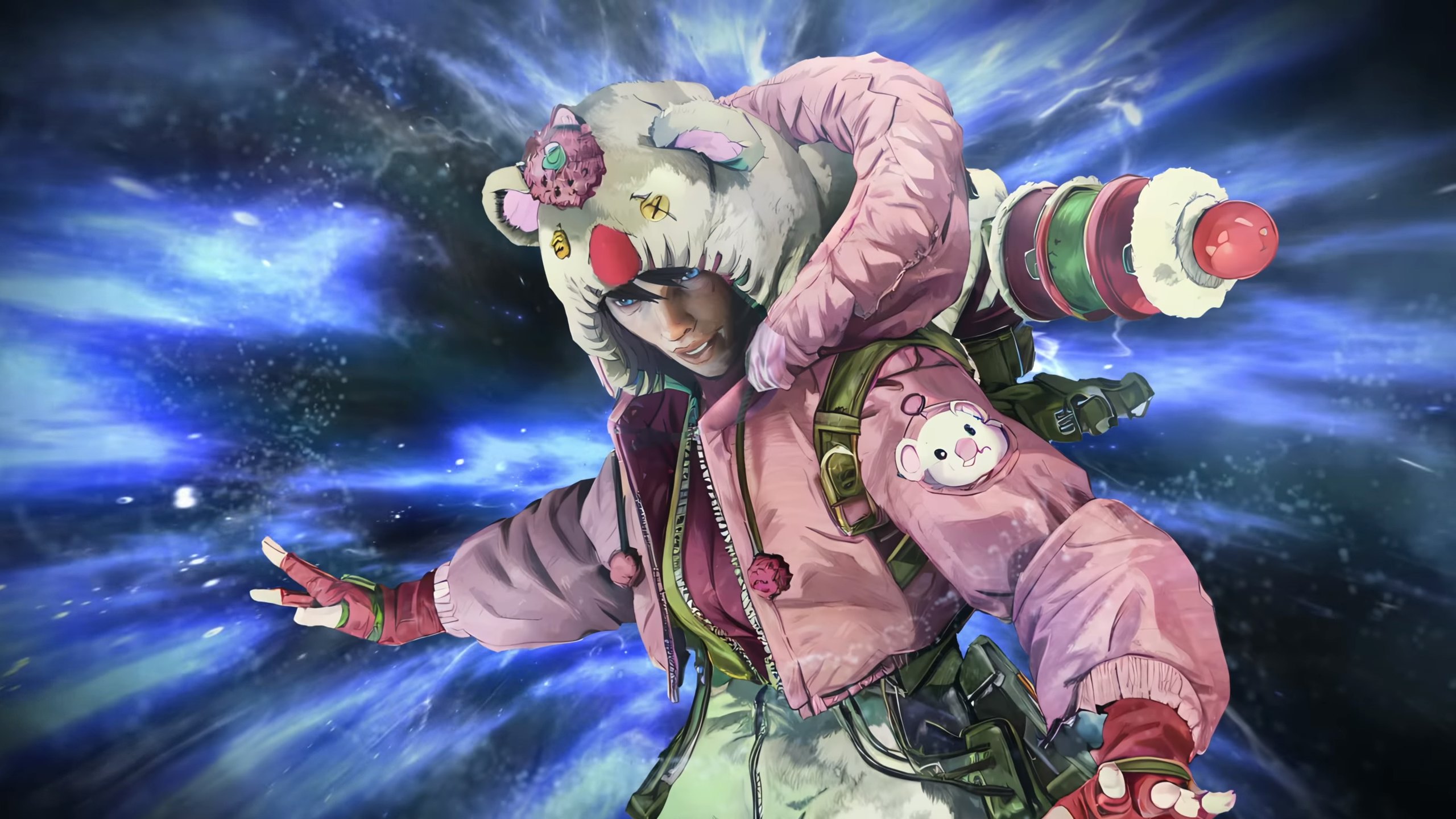
As generative AI becomes more sophisticated, video game companies are eagerly using it in more and more ways. Games like The Finals have already used AI to create synthetic voices, and publishers including Ubisoft and Microsoft have signed deals with firms to create AI NPCs. Video games are even advertising with AI art, sometimes even without artists’ knowledge, as recent events at Wizards of the Coast and EA demonstrate.
Last year, AI companies teased the use of generative AI in video game advertising, but did not have concrete examples of what that would entail. Now we just got a better idea at what it looks like, and players were clearly not fans. Wizards of the Coast did not immediately respond to Inverse’s request for comment.
On January 4, Wizards of the Coast (WOTC) posted a now-deleted image to showcase new additions to its Magic: The Gathering trading card game. The image shows a selection of cards displayed in a steampunk workshop, surrounded by complicated old-timey machinery. But players quickly pointed out some odd artifacts in the image, which they say are hallmarks of AI-generated art. These include strangely repeating patterns in textures and objects seeming to morph into each other with no clear artistic intent.

At first, WOTC denied that AI had anything to do with its new promotion. “We understand the confusion by fans given the style being different than the card art, but we stand by our previous statement,” WOTC wrote in a social media post, which has also been deleted. “This art was created by humans and not AI.”
That answer didn’t satisfy fans or artists, who took to social media to say they weren't buying it. Dave Rapoza, a long-time artist for Magic: The Gathering, even publicly announced that he was severing ties with WOTC over the episode, saying, “You can’t say you stand against this then blatantly use AI to promote your products.”
On Jan. 7, after several days of fans expressing their mistrust, WOTC backtracked and admitted on social media that AI tools had in fact been used in its creation.
“As you, our diligent community pointed out, it looks like some AI components that are now popping up in industry standard tools like Photoshop crept into our marketing creative, even if a human did the work to create the overall image,” the publisher said.
The artwork came from an external vendor, who used AI tools without the publisher’s knowledge, it said. It said that its existing policy bans contributors from using AI and announced that it will be evaluating its process for working with external vendors to make sure a similar incident doesn’t happen again.
Over the same weekend, EA and Respawn Entertainment were also hit with allegations that they used AI in marketing. To build hype for the upcoming Apex Legends crossover with Final Fantasy VII Rebirth, the developer released a trailer showing some of the collaboration’s features. A few quick shots near the end of the trailer show some Apex Legends characters decked out in Final Fantasy gear rendered in an anime-inspired art style. Electronic Arts did not immediately respond to a request for comment.
This short section of the video immediately raised red flags for players. One of the top posts on the Apex Legends subreddit points out some suspicious details in the trailer’s images, like belt buckles that appear to melt, garbled patterns and textures, and unnatural-looking hands — all telltale signs of AI-generated art.
Players on Reddit and other social media sites picked up on the same details, saying that the images appear to have been made with some kind of AI filter. EA and Respawn have not responded to fans’ concerns, and unlike WOTC, neither has a public-facing policy on the use of generative AI available online.
Most of the focus on AI-generated art so far has been on how it actually appears in games. As these controversies show, though, generative AI has already become integrated in marketing as well. While promotional images may not draw as much ire as in-game art, any use of AI is a step too far for some fans and artists who see AI as a threat to their livelihoods. If companies like Wizards of the Coast want to abide by their own public standards on generative AI, it’s clear that there’s work to be done to make sure it doesn’t slip into content outside of their games as well.







